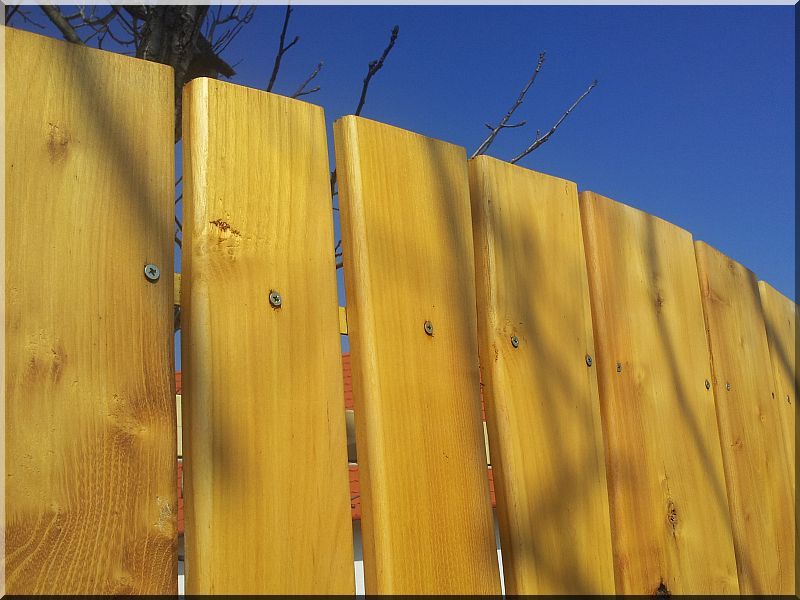0 Ft + ÁFA (0 Ft)
Categories
- New arrivals
- Products on sale
- Products in stock
- Wabi sabi
- Locust planks, sawn products
- Antique wood
- DIY goods
- Demolished planks, beams
- Furniture logs
- Furniture, by function
- By furniture, rooms
- Furniture by style
- Country chic
- Sanded acacia posts
- Decorations
- Planks, lumbers
- Diy ideas
- Unique, antique
- Building materials
- Wall coating
- Beam furniture
- Wood root
- Industrial style
- Pavement slabs
- Corral
- Wooden posts
- Debarked locust logs, posts, stakes
- Garden products
- Lamps
- Natural wood
- Retro
- Antiques
- Log furniture
- Shabby chic
- Style
- Colour samples
- Service
- Retaining wall, retaining wall elements
- Textile
- Vintage
- Vintage & loft
- Wabi sabi apartments, furniture, decorations
- Branch fence
- We're looking for an employee!
- We are looking for a supplier!
Recommended products
Forum
No Topic!
Product Details
| Short description |
. |
| Product properties |
The walls are generally designed so that the end of the mortar extends a small amount (inches or less) out of the mortar. The walls are typically between 8 and 24 inches thick, although in northern Canada some walls are 36 inches thick. Cordwood homes are attractive for visual appeal, maximizing interior space (with a rounded design), economy of resources and ease of construction. Wood usually makes up 40-60% of the wall system, the rest contains mortar mixture and insulation. [1] The Cordwood construction is sustainable depending on the design and process. There are two main types of wood processing, bridging and M-I-M (mortar insulating mortar). In bridging, the mortar mixture includes an insulating material, usually sawdust, shredded newsprint or paper sludge, sometimes in a very high weight percentage (80% paper sludge / 20% mortar). Most common in M-I-M, and unlike brick or brick masonry, mortar does not continue on the wall. Instead, three or four inches (sometimes more) of mortar on each side of the wall provides stability and support, with separate insulation. Barrel walls can be load-bearing (with built-in corners or curved walls) or housed in a post and beam frame that provides structural reinforcement and is suitable for earthquake-prone areas. The compressive strength of wood and mortar as a load-bearing wall allows the roof covering to be bonded directly to the wall. Different mortar mixtures and insulation fillers affect both the total R of the wall and the resistance to heat flow; and in contrast to its own thermal mass or heat / cool storage capacity. |
| Additional products |
| Similar products |
Reviews







